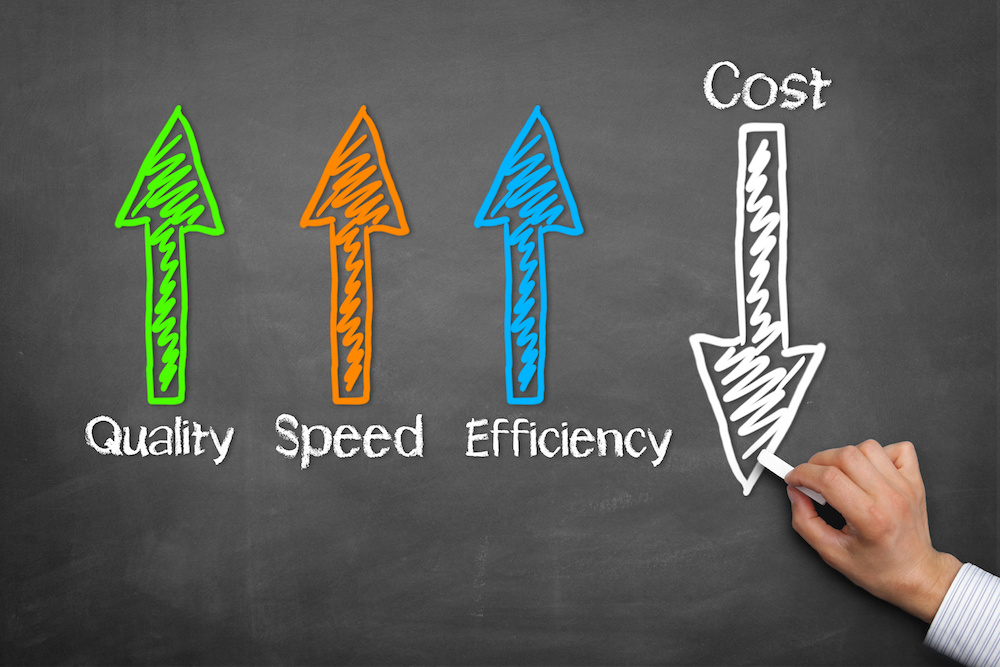Last week, Richard J. Snow, VP and Research Director at research firm Ventana, published a blog post summarizing results from a study “Next Generation Customer Analytics.” This followed a second Ventana research report around customer engagement, which looked at the various channels through which today’s customers interact with companies. Ventana’s research highlights an on-going discussion that we’ve been having on the BroadSoft CC-One blog:
As companies begin using big data in customer engagement activities, they need to establish a unified view of customer interactions across these disparate systems. Companies that build and maintain such a unified view understand their customer care program results better, know what they are like to do business with, and as a result, delight their customers by delivering timely and personalized sales, service and support.
» Data from Ventana’s study shows that companies:
» Use up to 8 different channels to engage with their customers.
» Generate enormous volumes of customer data, much of it unstructured, including call recordings, text messages, chat and Web scripts, CRM notes and social media posts.
Still analyze this rich and potentially valuable data with the common spreadsheet as their primary analytics tool! What????? Still????
The problems with this method are numerous. For one, as the study clearly points out, although spreadsheets meet individual users’ needs for ad-hoc analysis, they are inadequate for enterprise processes such as customer analytics. Most companies surveyed by Ventana said that using spreadsheets makes it difficult to produce accurate and timely customer analysis, not to mention the fact that most spreadsheet users are self-taught and thereby not experts in drawing conclusions from customer data.
The integral takeaway from the research study was a look at how analytics tools affect the customer. The objective of those insights is to know how best to implement new technologies, and in turn improve customer experience. Data from the study showed that:
» 26% of companies surveyed utilize a specific customer analytics tool. Those businesses received 6 benefits on average.
» The primary benefit achieved was better customer experience, which 55% achieved.
There were 7 additional benefits achieved. Companies achieved the following benefits nearly equally:
1. Improved analysis of business needs (52%)
2. Improved positioning of business units (51%)
3. Enriched sharing capacities throughout business units (49%)
4. Higher productivity (49%)
5. Significantly more efficient business processes (47%)
6. Quicker opportunity reactivity (47%)
7. Superior competitive advantage (47%).
While the above are clear reasons for adjusting customer engagement strategy, the research, surprisingly, does not indicate that occurring. A mere 29% of study participants noted they would make any changes within the next year.
One would think that with the technological advances that we’ve made in the customer analytics arena, companies would realize the business value of using dedicated analytics tools to better know their customers. What’s holding them back? I invite you to take a look at Snow’s blog post to read his assessment of what it will take for companies to break away from dependence on spreadsheets and on to more customer-centric data analysis tools.








